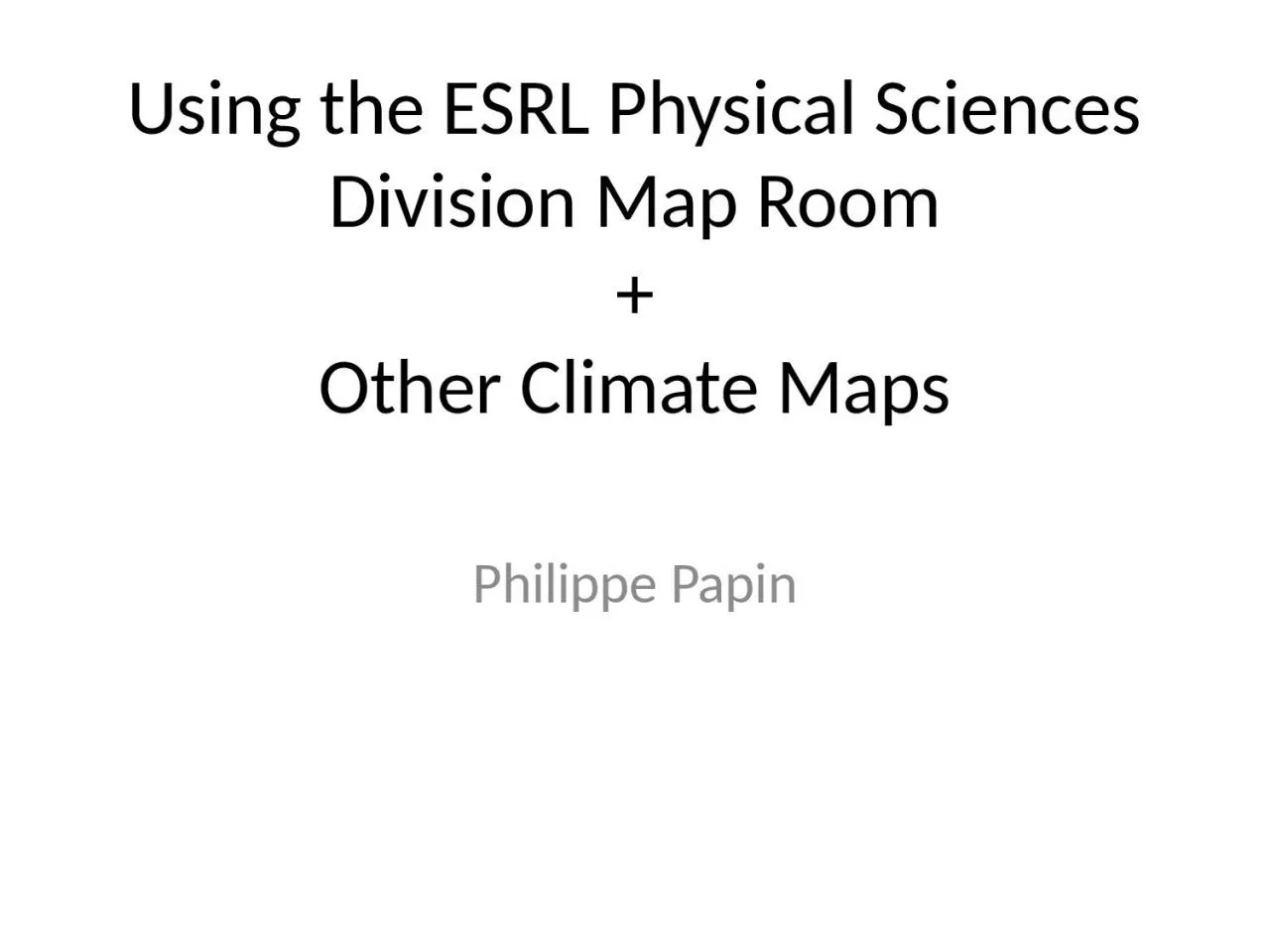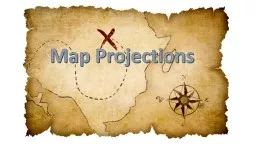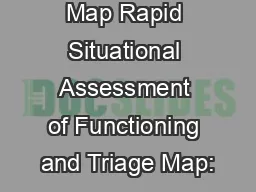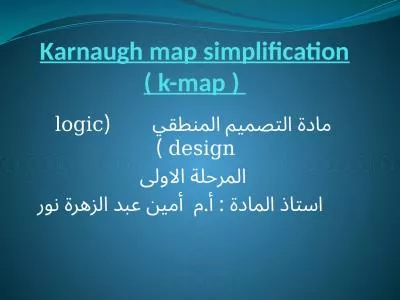PPT-Using the ESRL Physical Sciences Division Map
Author : TacoBellDiego | Published Date : 2022-07-28
Room Other Climate Maps Philippe Papin Step One Go to the following URL httpwwwesrlnoaagovpsdmap For the purposes of this class lets go to PlottingAnalysis under
Presentation Embed Code
Download Presentation
Download Presentation The PPT/PDF document "Using the ESRL Physical Sciences Divisio..." is the property of its rightful owner. Permission is granted to download and print the materials on this website for personal, non-commercial use only, and to display it on your personal computer provided you do not modify the materials and that you retain all copyright notices contained in the materials. By downloading content from our website, you accept the terms of this agreement.
Using the ESRL Physical Sciences Division Map: Transcript
Download Rules Of Document
"Using the ESRL Physical Sciences Division Map"The content belongs to its owner. You may download and print it for personal use, without modification, and keep all copyright notices. By downloading, you agree to these terms.
Related Documents














